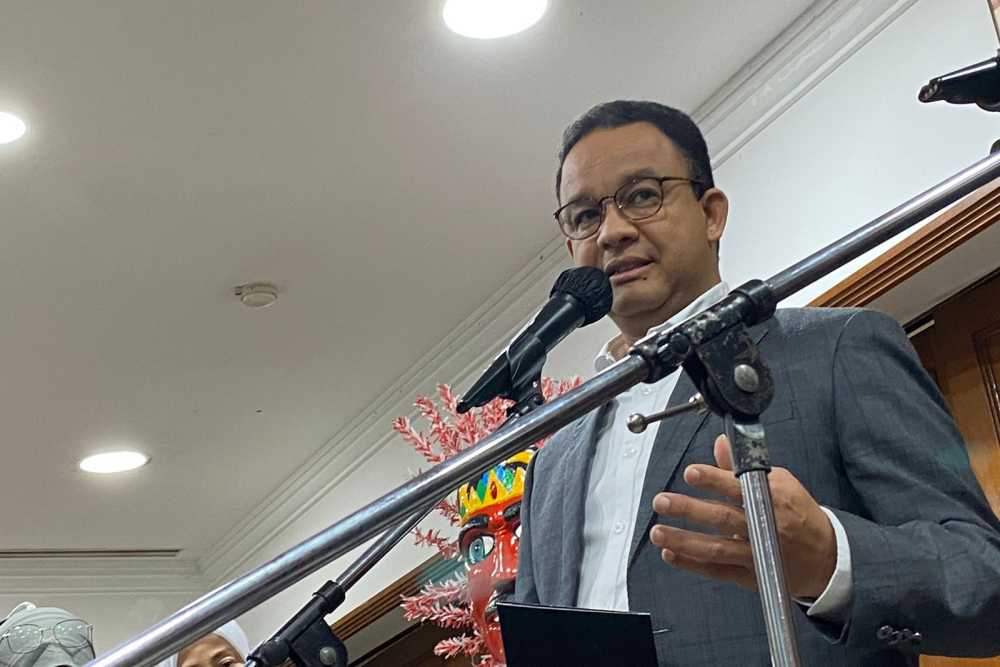

Source: Bisnis Indonesia/Pernita Hestin Untari
JAKARTA (21/9) - The Jakarta Capital City Government has officially legalized its Detailed Spatial Planning (RDTR) 2022 which sets the regional development governance in the city area.
The Governor of Jakarta Anies Baswedan officially launched the implementation of Jakarta's Detailed Spatial Planning 2022 through Governor Regulation Number 31 of 2022 on Detailed Spatial Planning (RDTR) 2022.
“This establishment of RDTR 2022 is expected to institutionalize the change that we have done in a legalized provision which we eventually hope will accelerate the transformation process because it has a legal guidelines,” said Anies in the RDTR 2022 socialization, as quoted from the DKI Jakarta Provincial Government, Wednesday, September 21st 2022.
Here are Jakarta’s five development direction in RDTR 2022:
1. Transit-oriented and digital city
Anies conveyed that a transit-oriented and digital city can be realized by providing building growth intensification at transit points with building floor coefficient (KLB).
In addition, the transit-oriented development here refers to the massive use of public transportation in the citizens' mobility.
“This is what is then prepared by the state. All global and modern cities must have a public transport that is developed and facilitates the citizens’ mobility,” he said.
Moreover, he also projected a vertical housing development in areas that serves mass public transport, land optimization, integrated public transport network plan and city-scale digitized infrastructure development.
2. Decent, affordable and empowered housing and settlements
Jakarta’s city development also includes housing or residential that can be built up to 4 (four) floors. This regulation is stated in point 117 in the RDTR written rules concerning landed houses.
“Our citizens’ houses were only allowed to have one or two floors. Now, residential houses are allowed to be built up to four floors,” he explained.
Beside, village settlement areas will also be recognized as part of the city and consequently be included in the spatial plan so that they can be empowered.
Anies also emphasized the urgency of spatial planning flexibility for social facilities and flexibility of space utilization for MSMEs to carry out formal activities in various zones except in the Green Open Space/Blue Open Space (RTH/RTB).
3. Balance and sustainable environment
The third development direction covers Green Open Space (RTH) planning and potential which can be developed on 30% of Jakarta's overall areas.
As for environmental conservation, the government will optimize various approaches including green space concept as well as dynamic and proportional development intensity towards its carrying capacity.
4. Global tourism and cultural destination
Anies encourages Jakarta to be rich in culture as a tourism destination. In regard to this, RDTR regulates the utilization of cultural heritage for productive activities by taking its conservation aspects into account.
5. Investment and regional economic growth magnet
Jakarta will be directed as a business and economic region. Therefore, a development contribution based on a definite measurement is necessary.
This regulation also regulates digital spatial permits with a maximum processing time of 57 days.
Through this regulation, Anies hopes that RDTR 2022 will direct Jakarta’s development to unleash various activities of the citizens.
Source: Bisnis Indonesia
Read more HERE